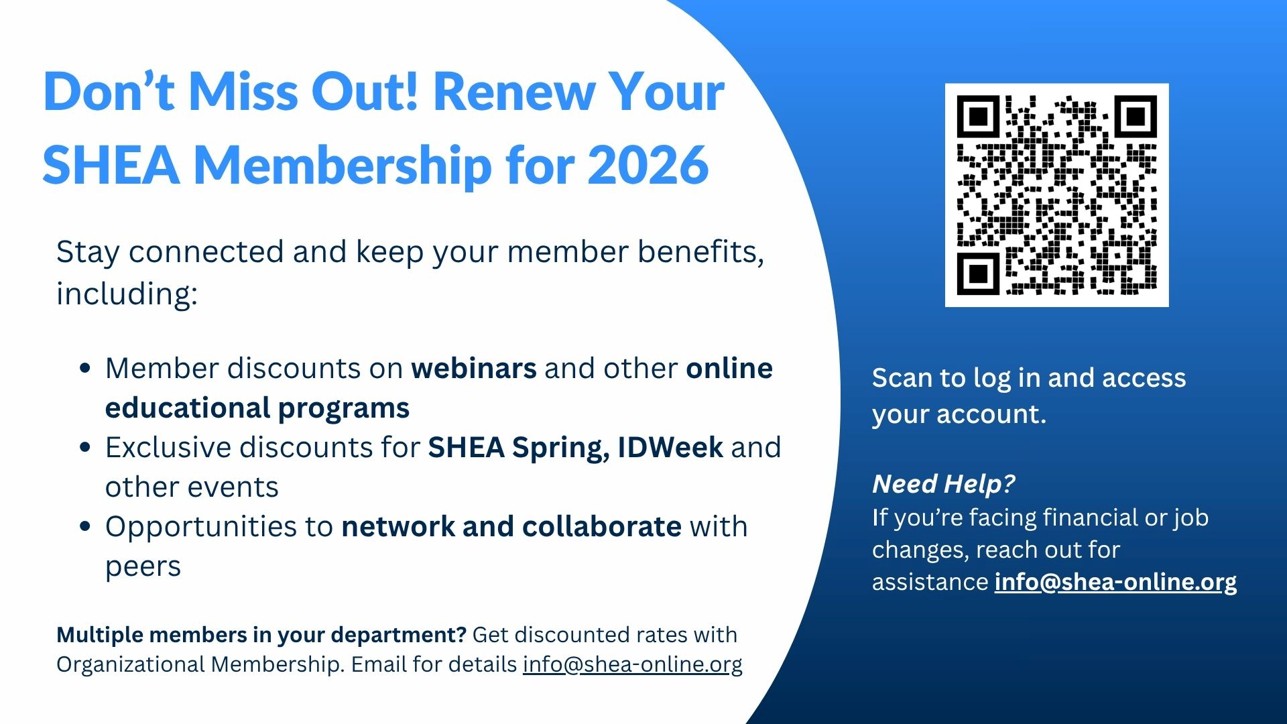Multisociety infection prevention guidance document for individuals and organizations that engage in sterilization or high-level disinfection (HLD). The guidance provides an overview of the Spaulding Classification and considerations around manufacturers’ instructions for use (MIFUs). Its recommendations address: point-of-use treatment prior to sterilization or HLD, preparation of reusable medical devices at the location of processing, sterilization, and immediate use steam sterilization (IUSS), HLD of lumened and non-lumened devices, processing of reusable medical devices used with lubricating or defoaming agents, monitoring for effectiveness of processing, handling of devices after HLD, augments and alternatives to HLD, processing of investigational devices, tracking of reusable medical devices, and approaches to implementation. This guidance follows the CDC Guideline for Disinfection and Sterilization in Healthcare Facilities and is based on a synthesis of published scientific evidence, theoretical rationale, current practices, practical considerations, writing group consensus, and consideration of potential harm when applicable. The supplementary material includes a summary of recommendations.
Authors: Shenoy ES, Weber DJ, McMullen K, Rubin Z, Sampathkumar P, Schaffzin JK, Sickbert-Bennett E, Washer L, Yokoe DS, Calderwood AH, Chinn R, Day M, Garcia-Houchins S, Javaid W, Klacik S, Kyle E, Murthy RK, Wood A, Rutala WA

